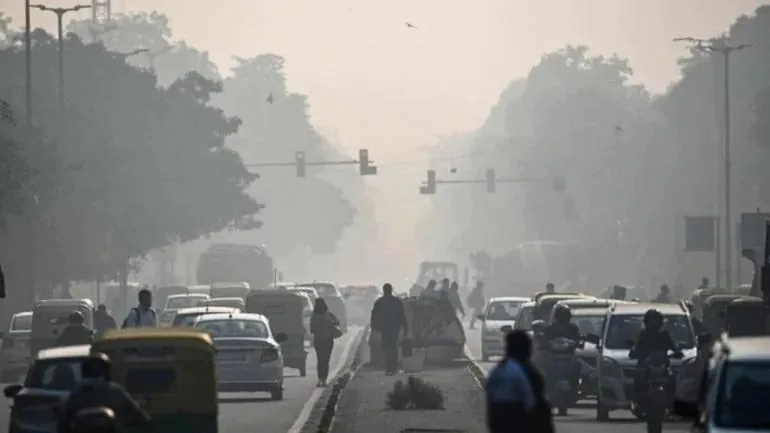A sub-committee has directed states to intensify dust-control measures
The air quality is mostly recorded between 'poor' and 'very poor' categories in Delhi-NCR since March-end, so, a sub-committee has directed states to intensify dust-control measures under the Graded Response Action Plan (GRAP).
The sub-committee was appointed by the Commission for Air Quality Management in the National Capital Region and Adjoining Areas (CAQM) for GRAP operations.
During a meeting held by the committee on May 4 to review the air quality, the India Meteorological Department (IMD) informed that the air quality is likely to remain ‘poor’ in the coming days, owing to strong winds which will cause dust resuspension across NCR.
Dust is one of the major sources of pollution in the summer season.
Delhi and NCR districts in Uttar Pradesh, Haryana and Rajasthan, have been asked to intensify measures with immediate effect, including mechanised sweeping, especially on roads with heavy traffic, enforcement of prescribed dust mitigation measures, guidelines at large construction sites and management of (C&D) waste, stated an order issued by the sub-committee.
The level of ground-level ozone crossed the safe limit in many parts of Delhi as heatwave conditions pushed the temperature to unusually high levels, data from Delhi Pollution Control Committee (DPCC) showed.
The highest values were recorded at JLN stadium. On the other hand, Dr. Karni Singh Shooting Range, Nehru Nagar, Mandir Marg, RK Puram and Narela also breached the safe limit.
According to DPCC data for the last week of April (April 24-30), temperatures shot up to 43-47°C in parts of Delhi.
At Mundka, a busy industrial area, it breached the eight-hour limit on five of the seven days, while at Aurobindo Marg, where traffic is an issue, it failed to meet the standards on three of the seven days.
DPCC data shows the gas’s hourly values touched 251 micrograms per cubic metre at JLN stadium during the last week of April close to noon every day when there is substantial traffic and the temperature is high.





The Brief. Sign up to receive the top stories you need to know right now.